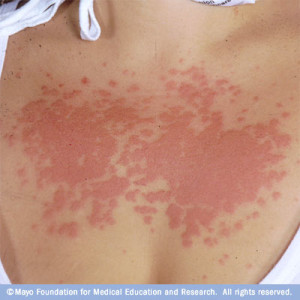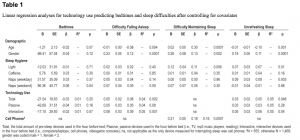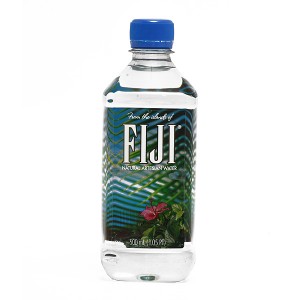I went to a small college in North Carolina called Warren Wilson where alternative medicine wasn’t all that alternative. There, I was introduced to Kombucha. I actually got to see the live cultures that go into making this powerhouse of a drink, and it was pretty cool. Kombucha is made by fermenting black tea and allowing sugars to feed on it. This creates the live culture, which is home to millions of bacteria. The finished product contains these live cultures and acts as a probiotic along with having certain acids that can help digestion, and stuff like that! There isn’t much out there as far as the scientific method goes for proving these beneficial effects of Kombucha. Most of the “evidence” comes from anecdotes. However, when weighing the benefits against possible negatives (and there aren’t many negatives aside from the weird taste), then I think that giving it a try couldn’t hurt. But how can we tell if this is actually helping, or if its just a fad?
Dr. Axe writes about 7 specific benefits to drinking Kombucha:
- Detox: Kombucha possesses properties that help cleanse the body. Although there hasn’t been extensive research on humans yet, a study on rats showed improvement of kidney-liver function and improvement in hypercholesterolemic conditions.
- Digestion: One of the primary uses of Kombucha is to regulate the bacteria in your stomach. It is thought that Kombucha will fill up the space in your stomach with good bacteria, and prevent the buildup of bad bacteria. Probiotic properties are among the benefits of Kombucha drink. These bacteria can also help us digest our food.
- Energy: Kombucha also has iron, vitamin B, and small amount of caffeine which work together to energize the body. Iron is able to provide more oxygen in the blood, which results in more engery and ease of blood flow.
- Immune Health: The body is filled with what Dr. Axe refers to as free radicals. These are byproducts that float around in our bodies as a result of different reactions that happen on a daily basis. Apparently they aren’t harmful until they become out of balance with the antioxidants found in our bodies. They can hurt your DNA and healthy cells, however, Kombucha has the antioxidant DSL can fight cell damage.
- Joint Health: Kombucha possesses elements that help preserve collagen in the joints, and all over the body. This gives joint support, and can prevent wrinkles and skin damage.
- Cancer Prevention: Dr. Ax provides some support for Kombucha’s ability to help fight cancer, and there are certainly elements such as the antioxidants and certain acids that couldn’t hurt. However, I couldn’t find any other research that really gave any credit to this statement. It may be a soft end point type of “solution”.
- Weight Loss: Again, there isn’t enough evidence to say with any certainty that Kombucha causes weight loss. However, it has ingredients that lend themselves to weight loss in other scenarios, so why wouldn’t it be the same in Kombucha? Acetic acid has been shown to help burn fat, and can be found in Kombucha.
After reading all of this, I realized that perhaps the most significant element in Kombucha (and the most researched) is the probiotic one. Probiotics are live cultures that live within our body. They are beneficial to our health and important in balancing things such as digestion. A lot of probiotic products work to mimic these naturally occurring microorganisms.
An interesting fact that I found was that if probiotics are marketed as a dietary supplement , the do not need FDA approval.
When I was introduced to probiotics and Kombucha in particular, I was subject to confirmation bias. If the people making and marketing this product said that it was all natural and would help balance my stomach bacteria, I really believed it! I’m not saying that it will definitely work or not, but again I think that the potential benefits outweigh the (almost non-existent) negative effects.














































 Back in 2010, the New York Times (
Back in 2010, the New York Times (